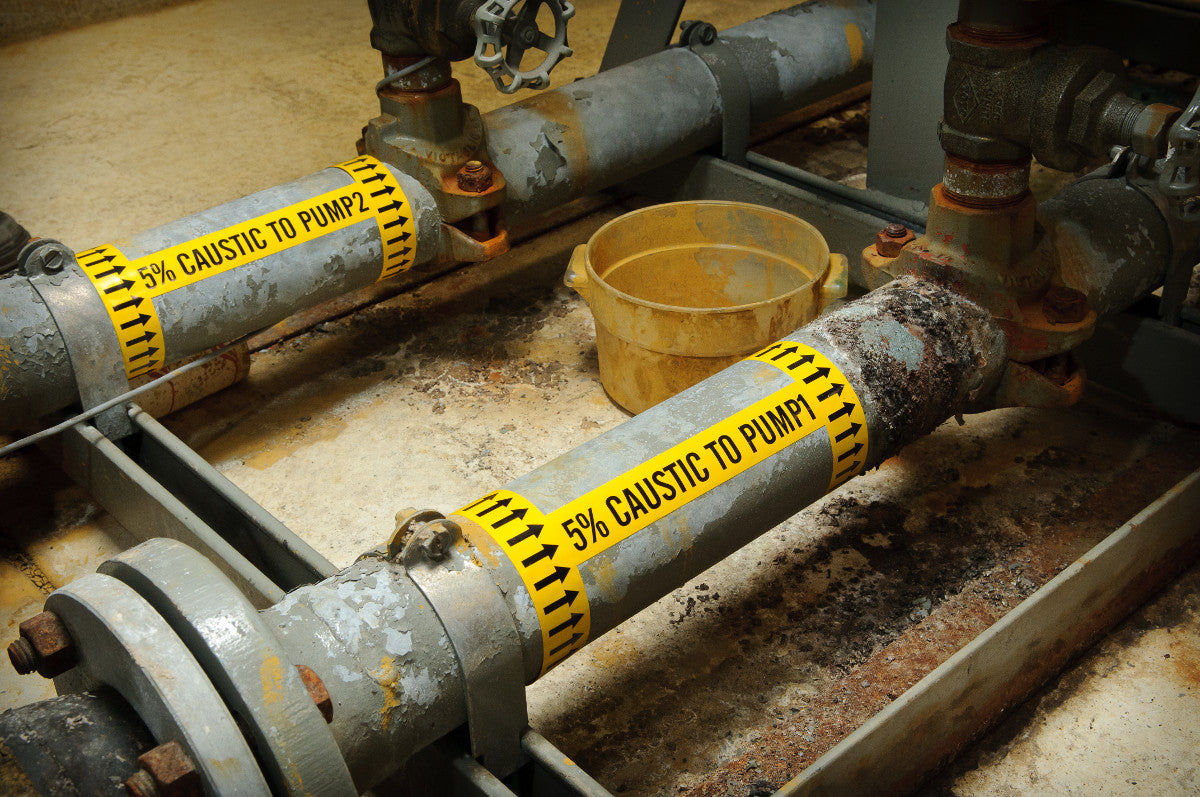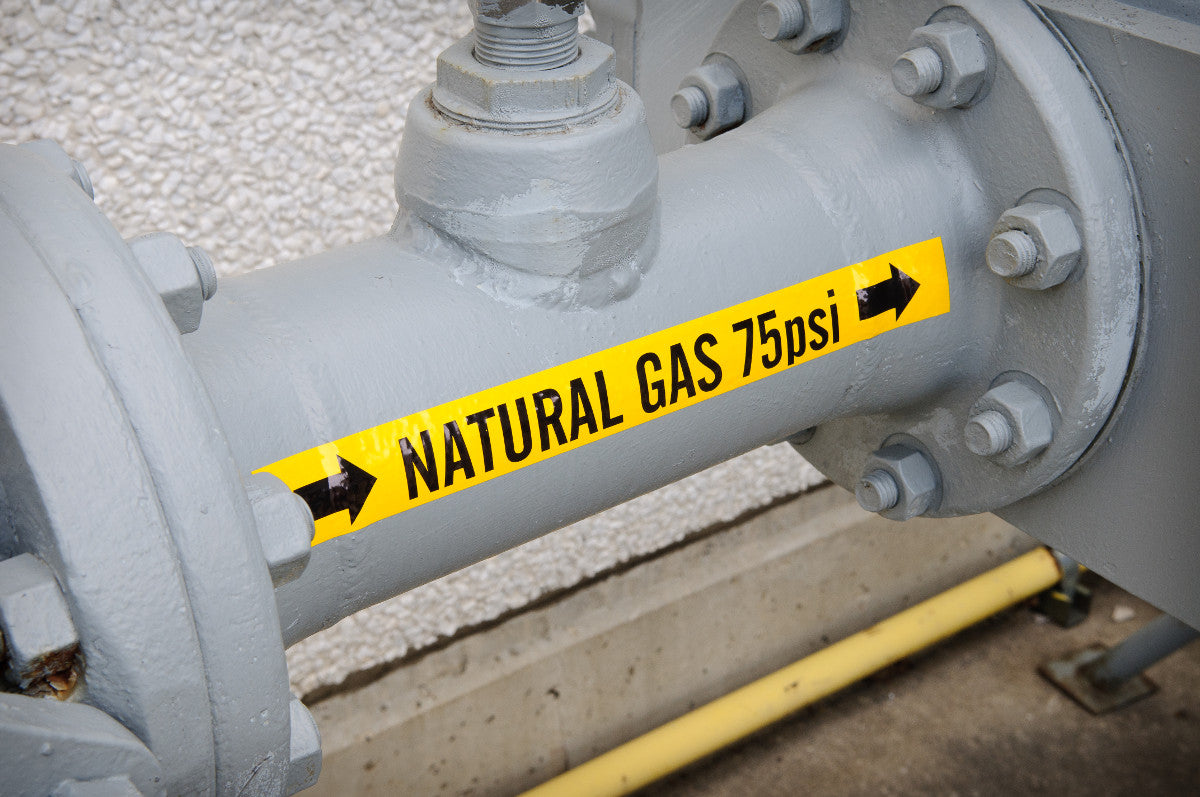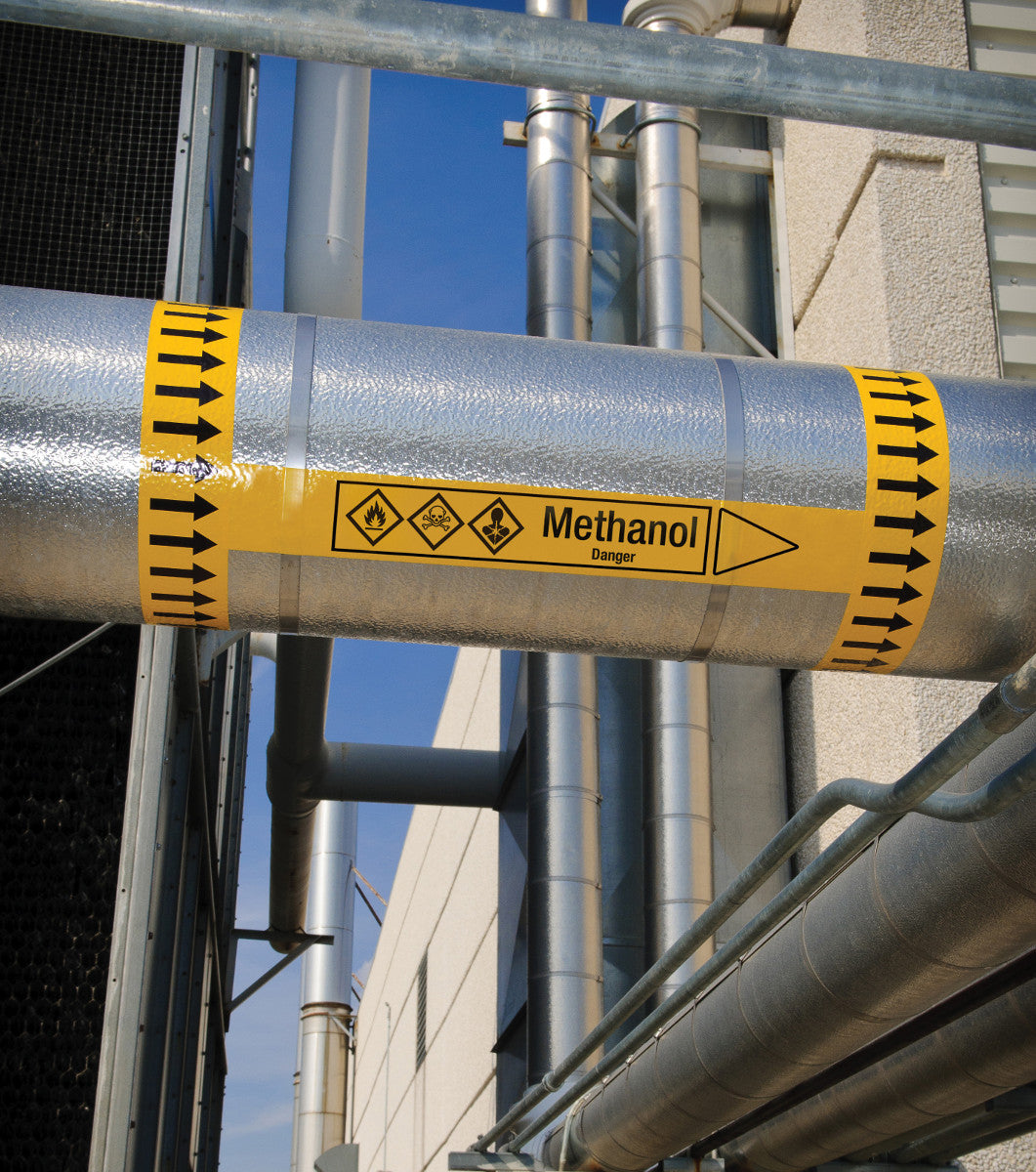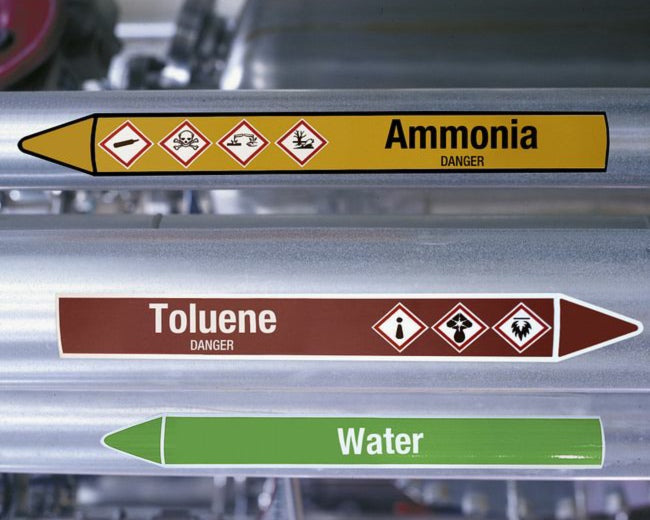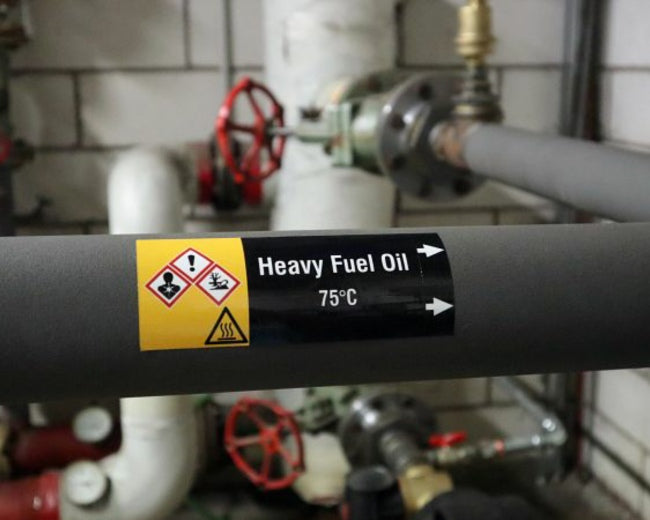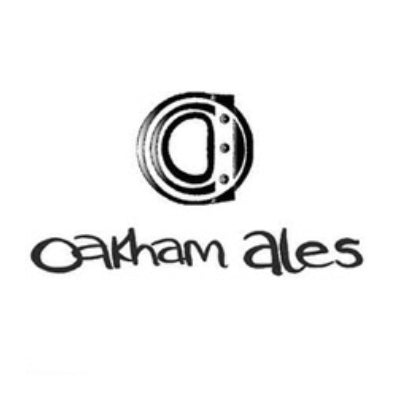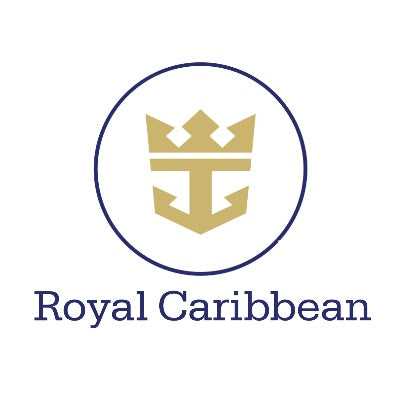All pipework must be appropriately labelled to inform employees, contractors and emergency services about the contents of the pipe
British Standard
British Standard BS1710 sets out legal requirements for plant safety and pipe installation compliance. This is achieved by conveying specific information using a basic identification colours (e.g. green for water) and a safety colour (e.g. blue for water from the public supply) plus text and safety symbols.
European Standard
Our EU pipemarkers conform to RAL European standard colour coding. For dangerous substances the GHS/CLP danger and hazard symbols conform to European Regulations 1271/2008, 790/2009 and 286/2001. Where appropriate, the Signal word is printed underneath the main text.
International Standard
ISO 20560 pipe markers are globally recognized, using a combination of two colour zones. The basic identification colour zone includes the content name and additional safety information. The safety colour is used to visualize increased risk and can include GHS/CLP or ISO-7010 warning symbols.
Regulations + Standard = Compliance
The British, European and International Standards are slightly different ways to achieve the same goal, which is to comply with the Regulations.
In the UK it is the Health & Safety (Safety Signs & Signals) Regulations 1996 which stipulate that pipes must be marked and gives general guidance about what is required.
Then it’s down to the accepted Standard to specify in greater detail the appropriate colour coding, size, placement of markers etc. which will demonstrate compliance.
All three Standards are recognised in complying with the Regulations. They share many common elements in colour and GHS symbols for example, but there are variations size and layout.
Any is a valid choice but if you already have some pipe marking in place or you have multiple sites then it is recommended to maintain a common standard.


